No evaluations of virulence have been reported for these methods. As in Gram-negative micro organism, it appears that a number of heme acquisition techniques are usually present within the Gram-positive micro organism characterised so far (i.e., with a number of floor receptors and ABC transporters). Iron transport and homeostasis in human cells. Iron recycling in macrophages via phagocytosis of senescent purple blood cells, uptake of heme-hemopexin and hemoglobin-haptoglobin complexes, and iron-loaded transferrin.
At the identical time, the combined use of antibacterial medicine could improve toxicity and side effects, in addition to, it is not at all times clear which drug together is really effective. Local microbial sample primarily based on website infection and pattern of antibiotics sensitivity test can be utilized as supporting information to optimize appropriateness of empirical antibiotics therapy in sepsis sufferers . Capsule is positioned instantly exterior to the murein layer of gram-constructive micro organism and the outer membrane of gram-negative micro organism. All sepsis-causing bacteria (Staphylococcus aureus, Streptococcus pneumoniae, Haemophilus influenzae, Neisseria meningitidis, Klebsiella pneumoniae, Escherichia coli, group B streptococci, and so forth.) have polysaccharide capsules on their floor.
Iron Acquisition From Transferrin, Lactoferrin And Ferritin
Similar to hyaluronidase, collagenase allows the pathogen to penetrate and spread by way of the host tissue by digesting this connective tissue protein. The collagenase produced by the gram-positive bacterium Clostridium perfringens, for instance, permits the bacterium to make its method via the tissue layers and subsequently enter and multiply within the blood . perfringens then makes use of toxins and a phospholipase to trigger mobile lysis and necrosis. Once the host cells have died, the bacterium produces gasoline by fermenting the muscle carbohydrates. The widespread necrosis of tissue and accompanying gas are attribute of the situation often known as gasoline gangrene .
Each exotoxin targets specific receptors on specific cells and damages these cells through distinctive molecular mechanisms. Endotoxin remains stable at excessive temperatures, and requires heating at 121 °C (250 °F) for forty five minutes to inactivate. By distinction, most exotoxins are heat labile because of their protein structure, and plenty of are denatured at temperatures above forty one °C (106 °F).
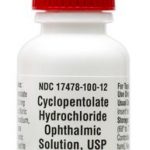
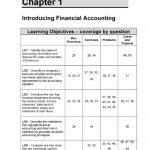

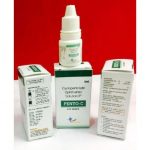

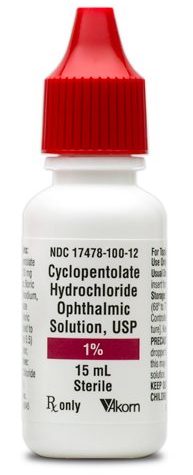
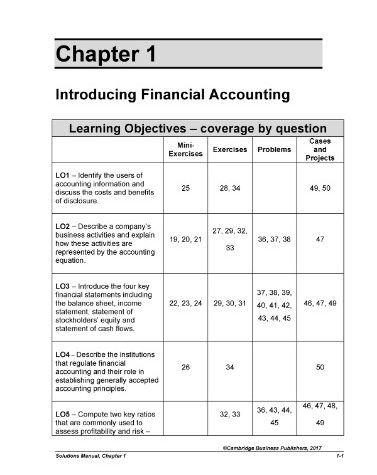

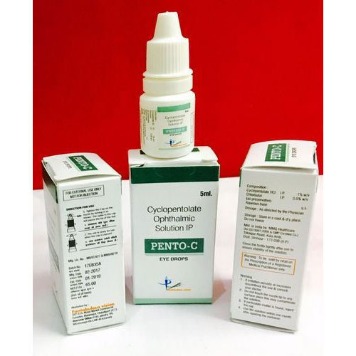
More Stories
Cyclopentolate Ophthalmic
Which Of The Following Is An Indication That A Product Price System Is Not Working Correctly?
Change Your Subscription From Apple